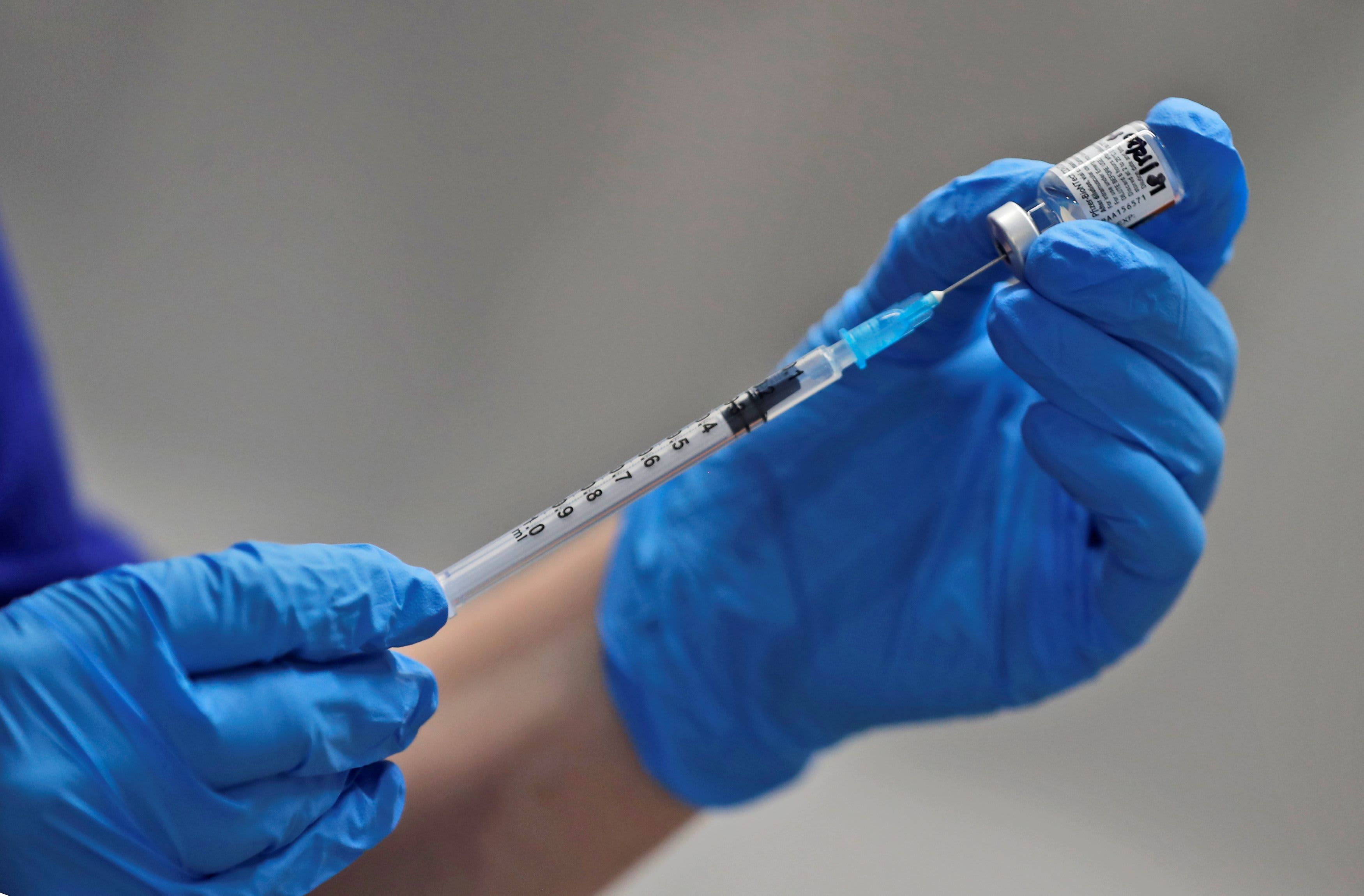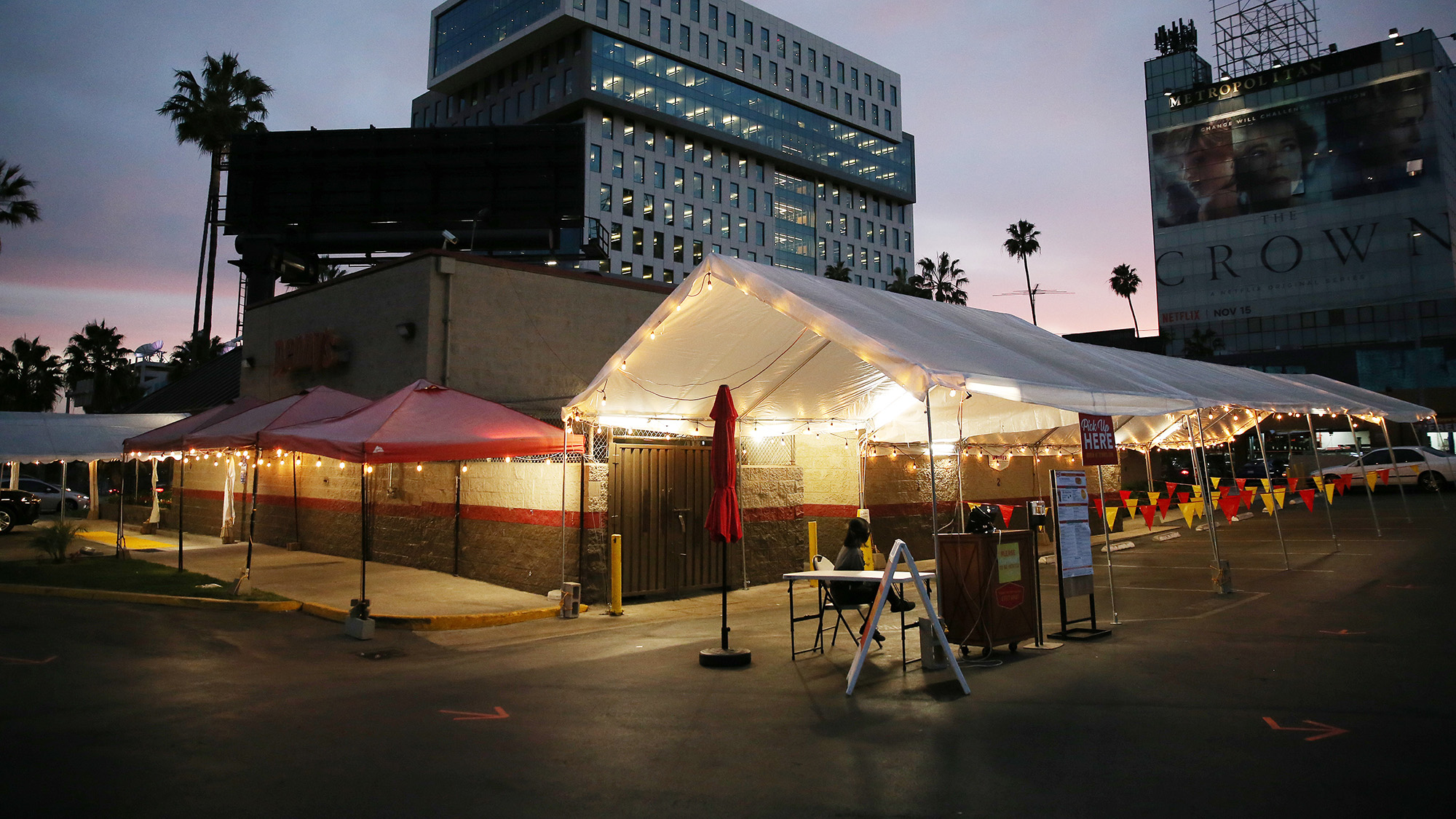Los Angeles County reported more than 8,000 new COVID-19 cases and another hospitalization record Monday, contributing to a spike in health care worker infections that is putting additional staffing pressure on medical centers already struggling to manage rising patient numbers.
And the situation will likely worsen in the coming weeks, with hospitalization numbers expected to continue rising in response to the recent spike in case numbers. But the county's public health director said there's still a path to preventing hospitals from becoming overwhelmed -- if residents commit to infection-control measures and public health restrictions.
Coronavirus Deaths in Your City and State — and Across the US
These charts use daily coronavirus death data from Johns Hopkins University to show the seven-day moving average of deaths at the city, state and country level.
The impact of coronavirus varies enormously in the United States from one place to another.
Source: Johns Hopkins University.
Credit: Visuals by Amy O’Kruk/NBC, data analysis by Ron Campbell/NBC
"We don't want to get there and we don't have to get there," Barbara Ferrer said during an online briefing. "I think right now the issue is we're not there. While we know we're going to see significant increases for the next two to three weeks, it can turn itself around at the moment we all start getting back into the game. And we don't have to actually just say, `This is inevitable, we are going to see an overwhelmed health care system.'"
"We don't have an overwhelmed health care system today. We have time, but very little, to get ourselves to a place where that will not be the case in LA County, but it would take every single one of us working hard together to get that to happen," she said.
Dwindling availability of intensive-care unit beds prompted the state to impose a stay-at-home order on the entire Southern California region, including Los Angeles County, late Sunday night. The order bars virtually all public gatherings, limits capacity to 20% at retail stores and 35% at stand-alone grocery stores, and forces the closure of personal care businesses such as barbershops and nail salons.
Ferrer said there are still ICU beds available in the county, although capacity varies from hospital to hospital. She again stressed that the availability of physical beds is not the main problem, it's the availability of trained medical professionals to treat patients in those beds.
But the increasing number of COVID-19 patients is creating more exposure to health care workers. Ferrer said 1,745 infections were reported last week among health care workers in the county, more than double the number confirmed the prior week.
Those infections mean fewer medical workers available to staff beds, exacerbating hospital space issues.
So while there is hope for reversing the trend, Ferrer said the only way to protect hospitals is to get the rate of virus transmission down, and that means adherence to health restrictions, most notably wearing face coverings, practicing social distancing, and avoiding interaction with people from other households.
Unfortunately, an ongoing USC-led survey of residents has found that people are not adhering to restrictions on gatherings. In fact, the survey found the percentage of people who say they've visited other people's homes or had visitors in their own homes has continued to climb.
"It does appear that the warnings of a surge in cases in late October and early November had limited impact on people's willingness to visit another person's home, with just a slight dip in the week before Thanksgiving," Ferrer said.
The county on Monday reported another 8,086 new COVID-19 infections, while Long Beach health officials reported 295 and Pasadena added 80, lifting the countywide total since the start of the pandemic to 458,255. The county also announced another 27 deaths, raising the death toll to 7,936.
The number of people hospitalized was 2,988, with 24% of those people in the ICU.
The county's recent rate of people testing positive for the virus was 11.6% on Monday, up from 5% from a month ago.
Ferrer again said she understands the frustration of residents with continued -- and now tightened -- health restrictions. But she said people need to commit to infection control to help slow transmission and help get those restrictions lifted.
"The new stay at home order gives us an opportunity to place a pause on all nonessential activities that increase the risk of transmitting the virus so we can have a chance at getting the surge under control," she said. "The most important action we can take is to stop the surge by staying home as much as possible. Please, as we watch these numbers go up to levels that we've never seen in LA County, I do ask everyone to make it their mission to do their part to prevent further transmission of the virus."
Gov. Gavin Newsom's "regional stay-at-home" order went into effect at 11:59 p.m. Sunday, triggered when intensive-care unit bed availability remained below 15% in the 11-county Southern California region after Saturday's daily update, according to the California Department of Public Health.
The region's available ICU capacity was 10.9% as of Sunday night.
The Southern California region consists of Los Angeles, Orange, Riverside, San Diego, Imperial, Inyo, Mono, San Bernardino, San Luis Obispo, Santa Barbara, and Ventura counties.
The stay-at-home order will be in place for three weeks and bars gatherings of people from different households. Regions will be eligible to exit from the order on Dec. 28 if ICU capacity projections for the following month are above or equal to 15%.
Under the order, the following businesses/recreational facilities were forced to close:
- indoor and outdoor playgrounds;
- indoor recreational facilities;
- hair salons and barbershops;
- personal care services;
- museums, zoos, and aquariums;
- movie theaters;
- wineries;
- bars, breweries and distilleries;
- family entertainment centers;
- cardrooms and satellite wagering;
- limited services;
- live audience sports; and
- amusement parks.
Schools with waivers will be allowed to remain open, along with "critical infrastructure" and retail stores, which will be limited to 20% of capacity. Restaurants will be restricted to takeout and delivery service only. Hotels would be allowed to open "for critical infrastructure support only," while churches would be restricted to outdoor-only services. Entertainment production -- including professional sports -- would be allowed to continue without live audiences.
Some of those restrictions were already in effect in select counties.
The state's full stay-at-home order can be read at https://www.cdph.ca.gov/Programs/CID/DCDC/Pages/COVID-19/Regional-Stay-at-Home-Order-.aspx.



